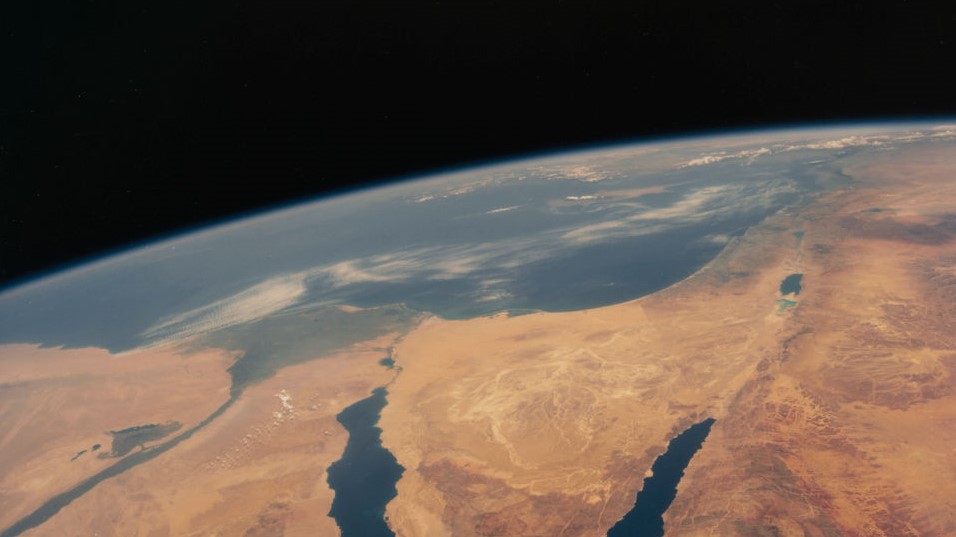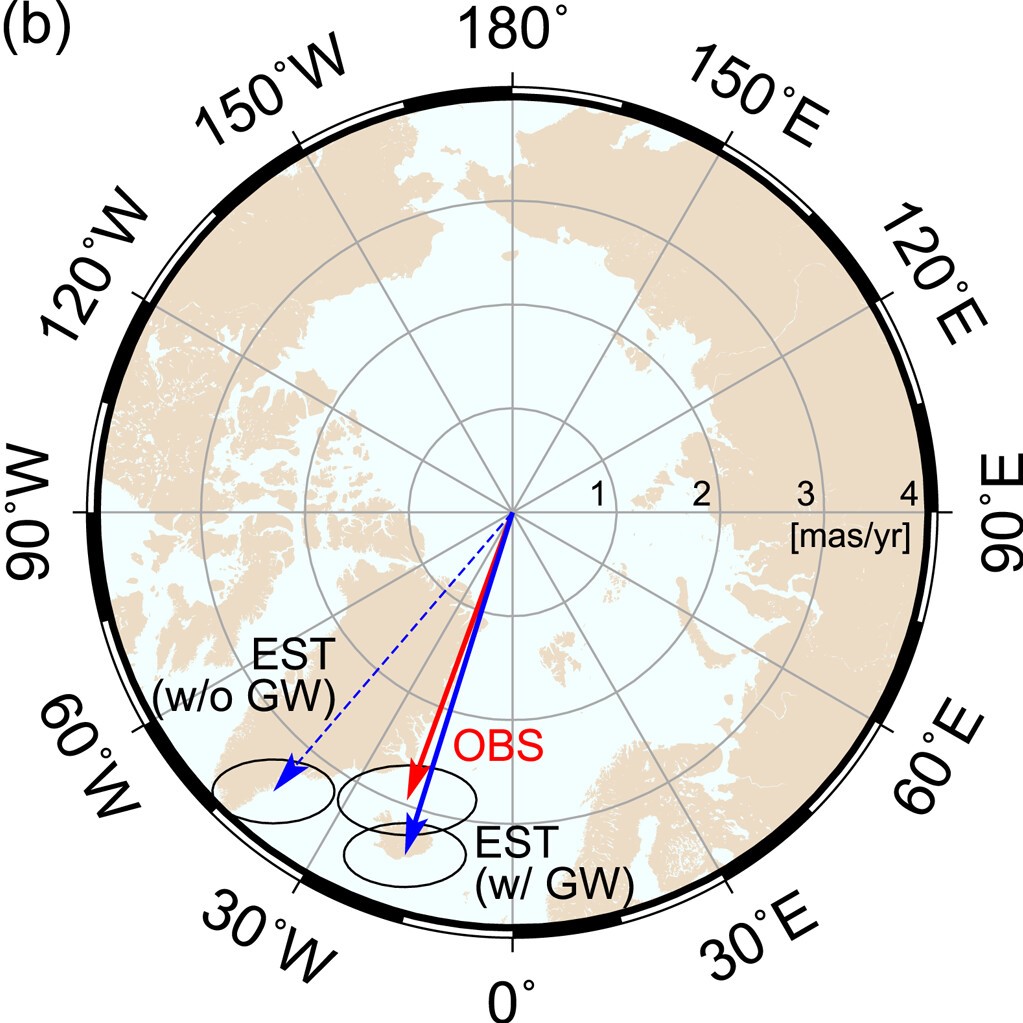Human impact on Earth's tilt leaves researchers 'surprised and concerned'
Groundwater extracted for irrigation and other human activities displaced 2,150 gigatons of water between 1993 and 2010.
Humans pumped and displaced so much groundwater in just two decades that we shifted the tilt of Earth's axis, new research suggests.
Earth's rotational pole — the point around which the planet rotates — shifts with changes in the distribution of mass across the globe, wobbling and wandering in a process called polar motion. While scientists knew that changes in water distribution resulting from climate change could contribute to polar motion, the impact of groundwater depletion was unknown.
Now, researchers estimate that by pumping 2,150 gigatons of water — almost enough water to fill Lake Victoria in Africa, and equivalent to the weight of 5.5 million Empire State Buildings — from underground layers of water-saturated rock known as aquifers, humans caused a "pretty significant" eastward shift of 31 inches (80 centimeters) in Earth's rotational pole between 1993 and 2010.
That's because groundwater used for irrigation and other human activities eventually ends up in the ocean, which redistributes mass from where the water was taken to other parts of the globe.
Related: Earth tipped on its side (and back again) in 'cosmic yo-yo' 84 million years ago
"Earth's rotational pole actually changes a lot," research leader Ki-Weon Seo, a geophysicist at Seoul National University in South Korea, said in a statement. "Our study shows that among climate-related causes, the redistribution of groundwater actually has the largest impact on the drift of the rotational pole."
What's more, the extracted groundwater that ended up in the oceans may have boosted global sea level rise by around 0.25 inch (6.24 millimeters). "Groundwater depletion is a significant contributor to sea level rise," the researchers wrote in the study, published June 15 in the journal Geophysical Research Letters.
Get the world’s most fascinating discoveries delivered straight to your inbox.
Globally, roughly 70% of the water pumped from the ground is used for irrigation, but only half of that trickles back down to replenish aquifers and other freshwater sources. The other half evaporates and ends up in the ocean through rainfall.
To determine how much groundwater depletion and resulting sea level rise contributed to polar drift, geophysicists built a model of polar motion that accounted for shifts in water mass associated with thinning ice sheets, melting glaciers and water storage in reservoirs.
When they excluded groundwater redistribution from the model, the results did not match observed eastward polar drift and, instead, predicted a much more westward tilt.
When they added the 2,150 gigatons of water from aquifers into the model, the results matched up with recorded observations of Earth's eastward drift.
"This is a nice contribution and an important documentation for sure," said Surendra Adhikari, a research scientist at NASA's Jet Propulsion Laboratory and co-author of a 2016 study in the journal Science Advances that looked into the impact of water redistribution on polar drift.
"They've quantified the role of groundwater pumping on polar motion, and it's pretty significant," Adhikari said in the statement.
Other "non-negligible" changes in water and mass distribution may have played a role in polar motion between 1993 and 2010 — including shifts in natural lake levels, mantle convection and earthquakes. However, these are difficult to quantify, and no global database currently exists, the authors wrote in the study.
While polar shifts recorded in the last few decades are unlikely to affect the length of days or seasons, the finding illustrates just how much water humans have pumped from the ground. "I’m concerned and surprised," Seo said in the statement.

Sascha is a U.K.-based staff writer at Live Science. She holds a bachelor’s degree in biology from the University of Southampton in England and a master’s degree in science communication from Imperial College London. Her work has appeared in The Guardian and the health website Zoe. Besides writing, she enjoys playing tennis, bread-making and browsing second-hand shops for hidden gems.




